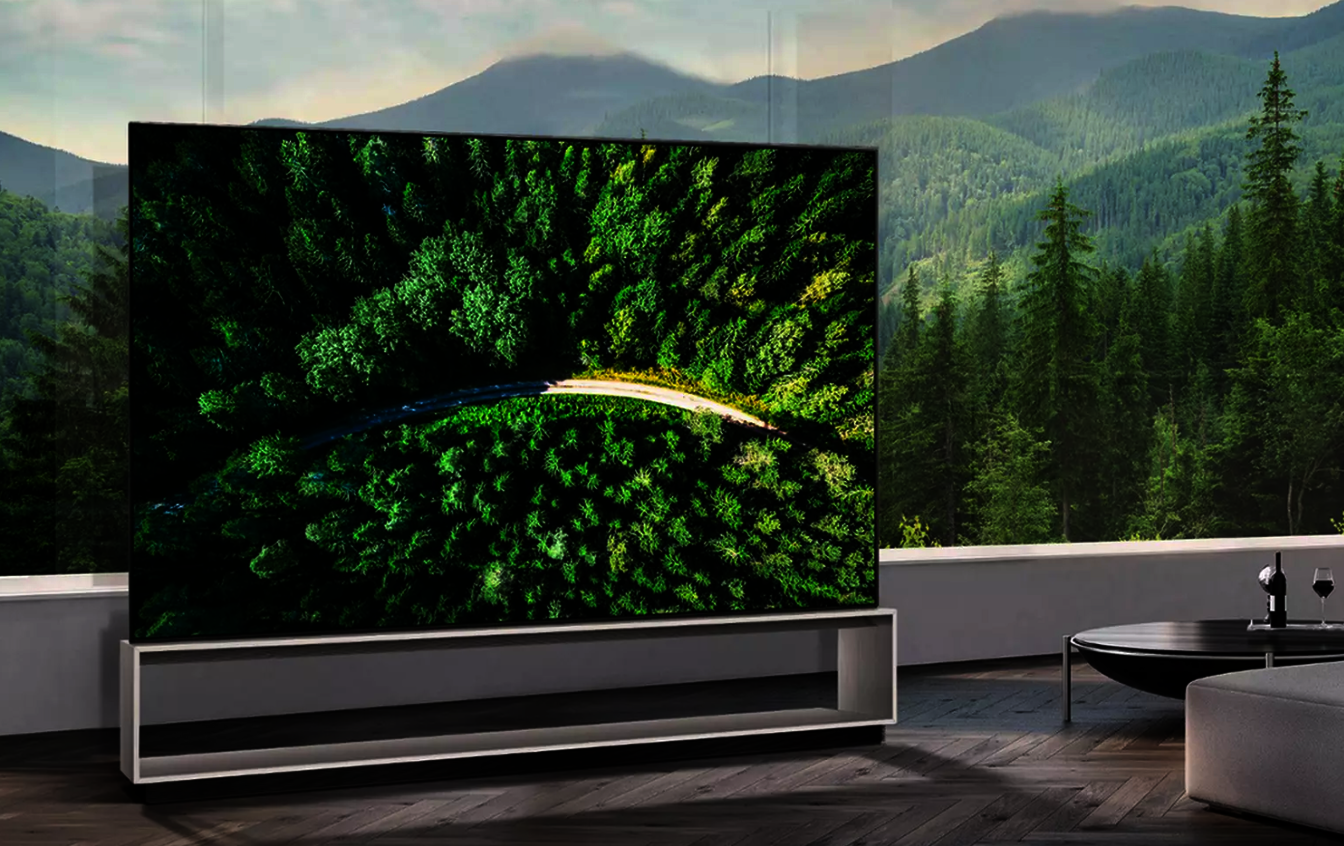Prices of OLED televisions are unlikely to come down anytime soon, despite an economic climate that’s causing more consumers to put off big purchases.

That’s according to a report by industry watcher Display Supply Chain Consultants, which was first seen by The Elec and later OLED-info. The report claims that the world’s two largest manufacturers of OLED TV panels, namely LG Display and Samsung Display, are unlikely to make any investments in their manufacturing operations next year.
As such, neither company will be able to scale up its production capacity to make more displays, meaning prices for OLED panels will likely stay about the same, DSCC said. That will likely disappoint a lot of people who’ve been holding out for cheaper prices. Over the past few years, OLED TVs have become progressively cheaper every year due in part to more capacity coming online. That said, OLED TVs remain premium products.
The lack of expansion in 2023 means OLED TV prices will likely stay flat throughout the next two years, DSCC said. Prices can be affected by other factors, such as shipping costs, but the displays are the most expensive part of a TV so they have the biggest bearing on the overall price.
Still, there is hope for those who’re interested in buying a more advanced OLED TV. Samsung Display is the only company in the world that manufactures QD-OLED displays. To date, they have only appeared in two TVs, namely Samsung Electronics’ S95B and Sony’s A95K, and both models earned stellar reviews.
Though Samsung Display will not invest money to extend its QD-OLED production capacity next year, it’s said that the company does have a few tricks up its sleeve. Because it’s a new technology, there is a lot of room for improvement and higher production yields, and Samsung Display is believed to have made solid progress in that respect.
The company has seen massive improvements in production efficiency and is even planning to manufacture bigger, 77-inch QD-OLED displays next year. At the same time, it has come up with a way to create a thinner, simpler version of the display without investing in new equipment. As a result, it should be able to produce QD-OLED displays in greater numbers next year, using less materials. That would result in cheaper manufacturing costs, which might be passed onto consumers.
In turn, if the price of QD-OLED comes down, LG Display may decide it has to take action, regardless of its own production capacity. Or so the speculation goes.
DSCC’s report adds that investment in OLED display production is expected to increase in 2024 thanks to the Chinese firm CSOT, which is planning to bring an inkjet-based OLED production line online that year. For a long time, inkjet has been viewed as the next great development in OLED manufacturing, because it is theoretically easier than existing methods. As the name suggests, it essentially involves using printing processed to deposit OLED pixels onto a display panel, which is more efficient than existing systems that use a technique known as “masking”.
Overall, this is great news for buyers of OLED TV as it means much more competition. For years, the OLED TV industry has been dominated by a single player - LG Display - but it will soon face competition from Samsung Display, CSOT and also BoE, which is said to be bringing its own OLED TV panel manufacturing operation online this year.
The result will be lower OLED TV prices, especially for regular OLED displays, though the different manufacturing techniques being used could yet lead to some interesting differences in picture quality. Or maybe not. That remains to be seen. However, we’ll likely have to wait, because neither CSOT or BOE is expected to get their OLED panel manufacturing operations into high gear before 2024, which means 2025 could be the year the real bargains arrive.